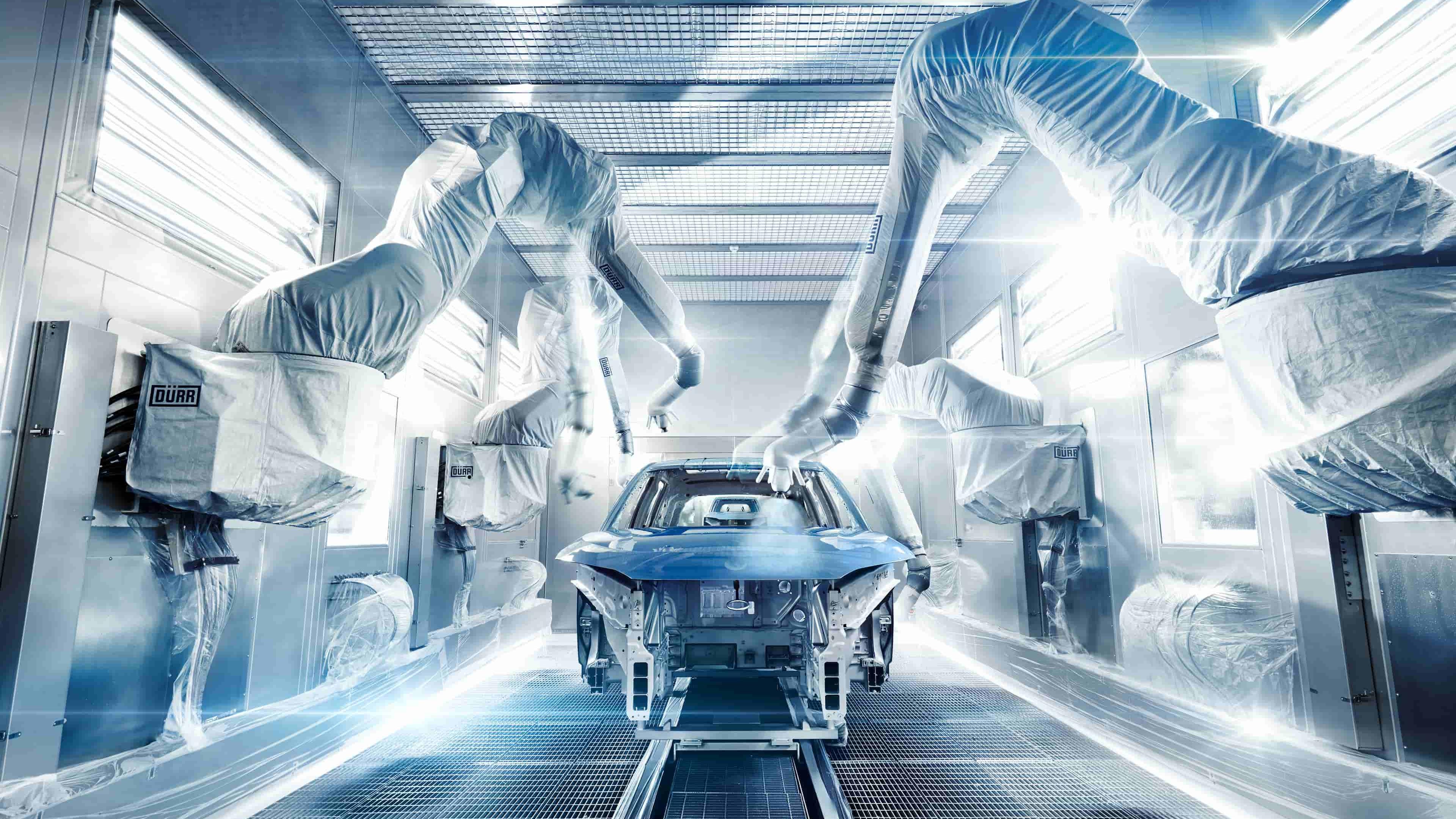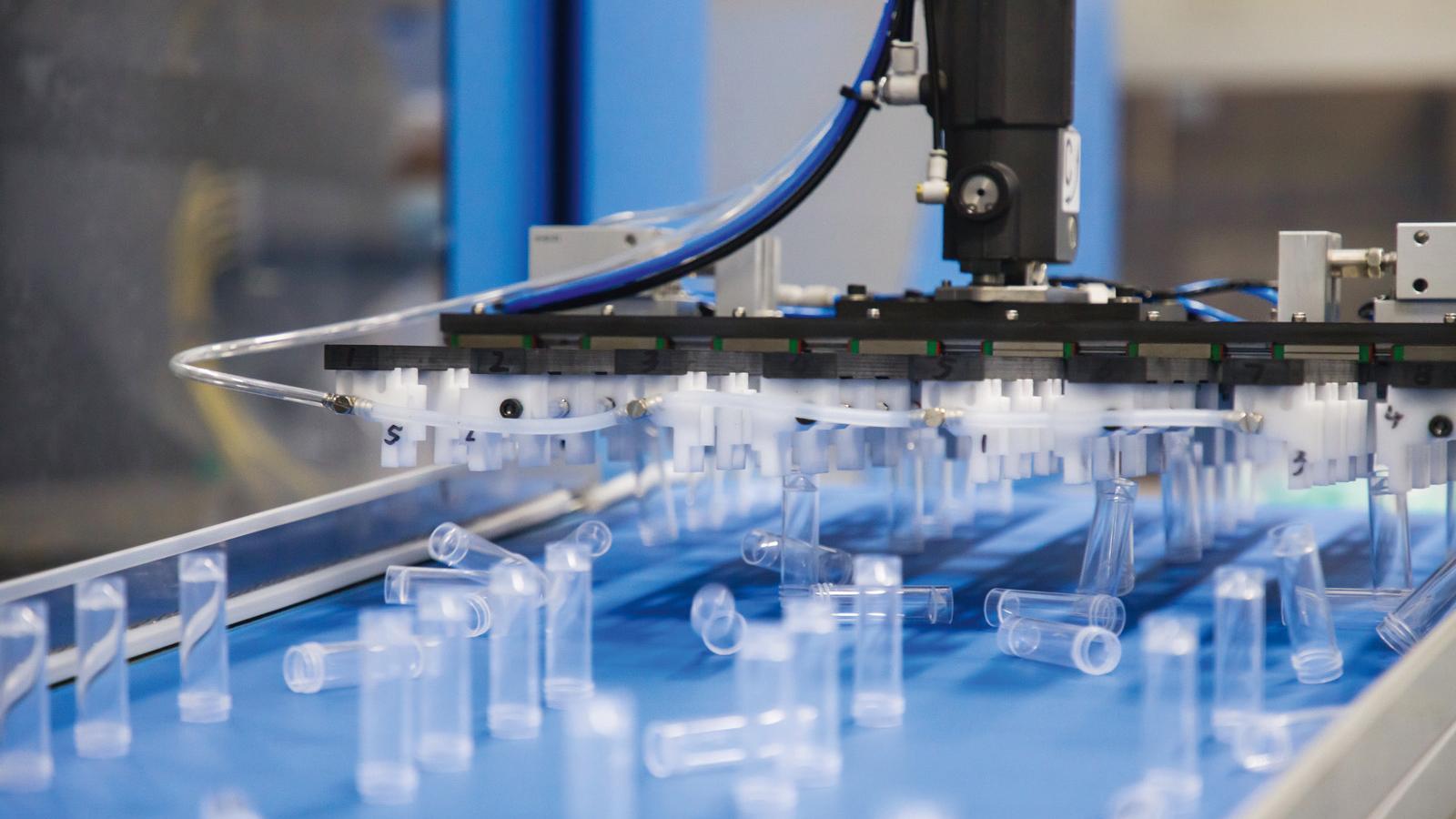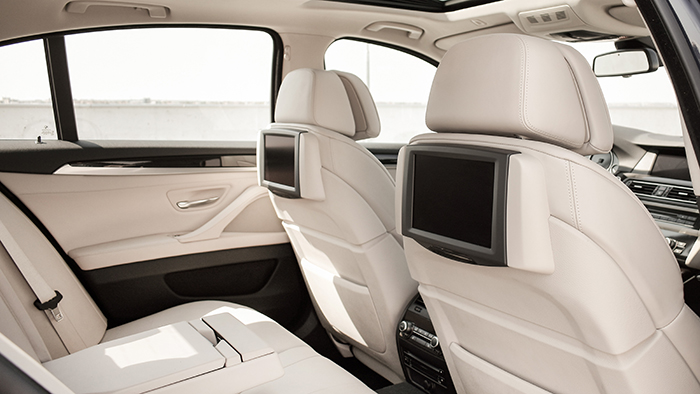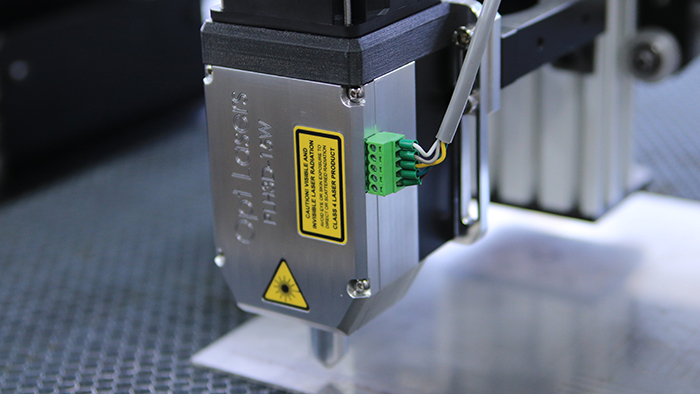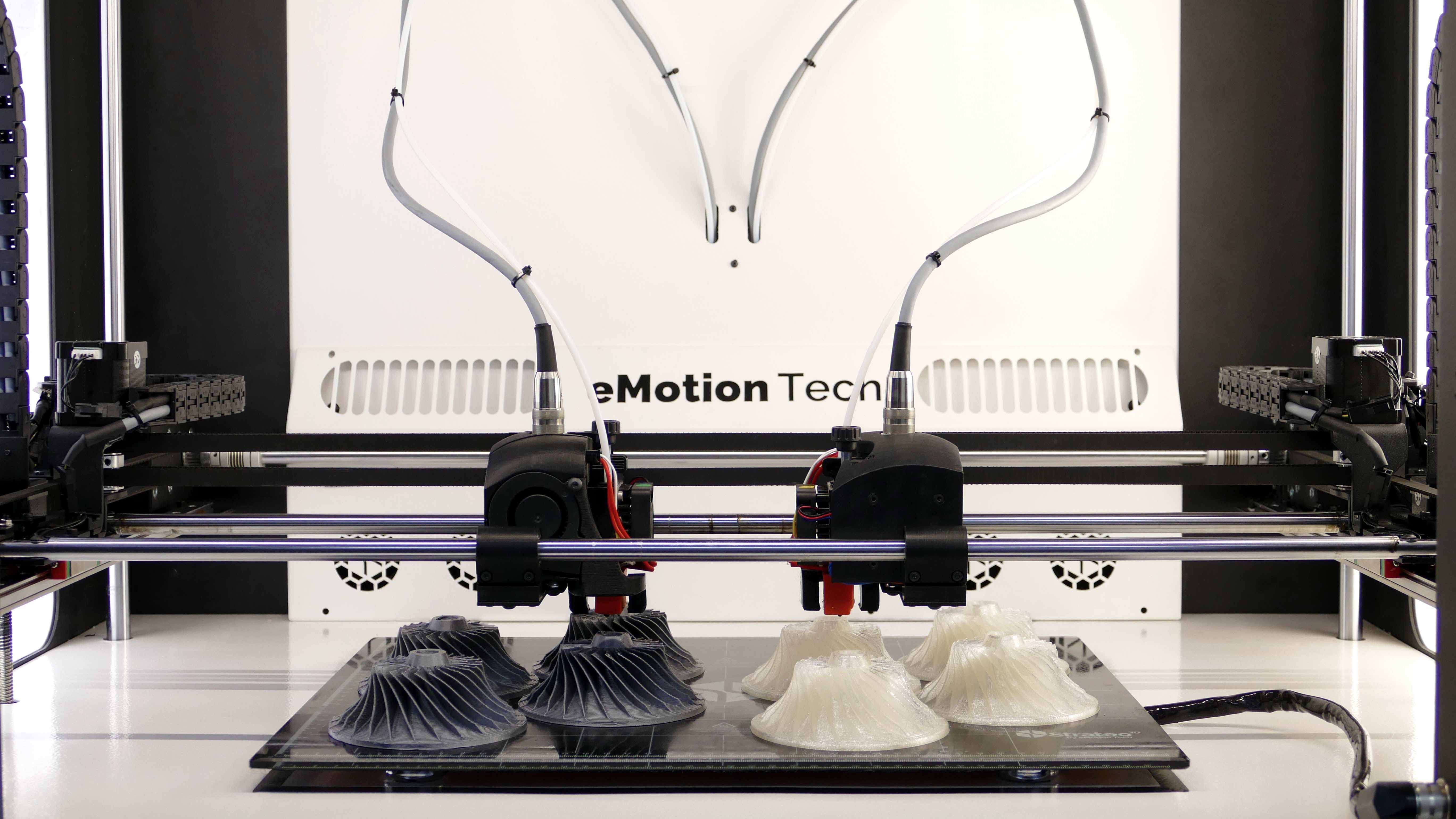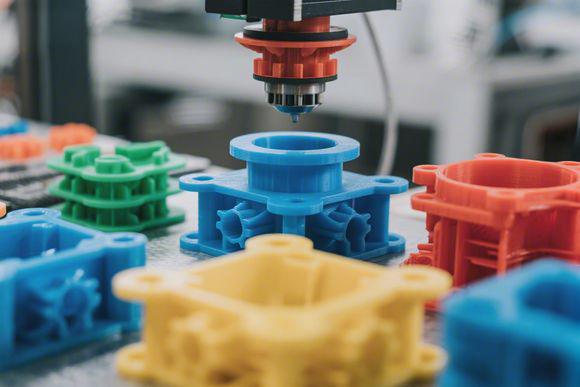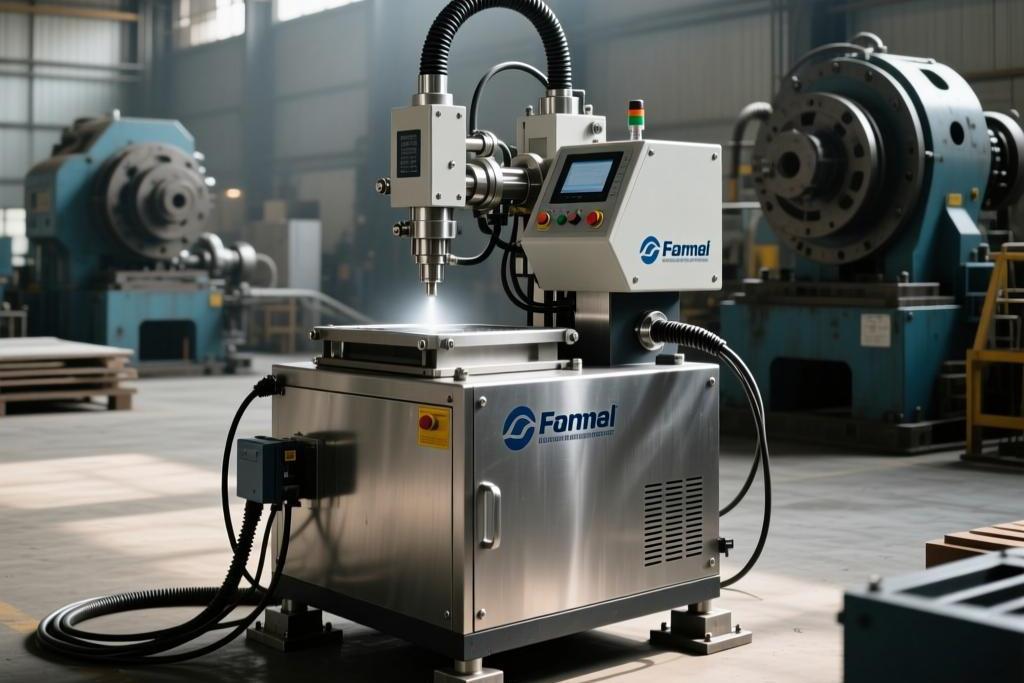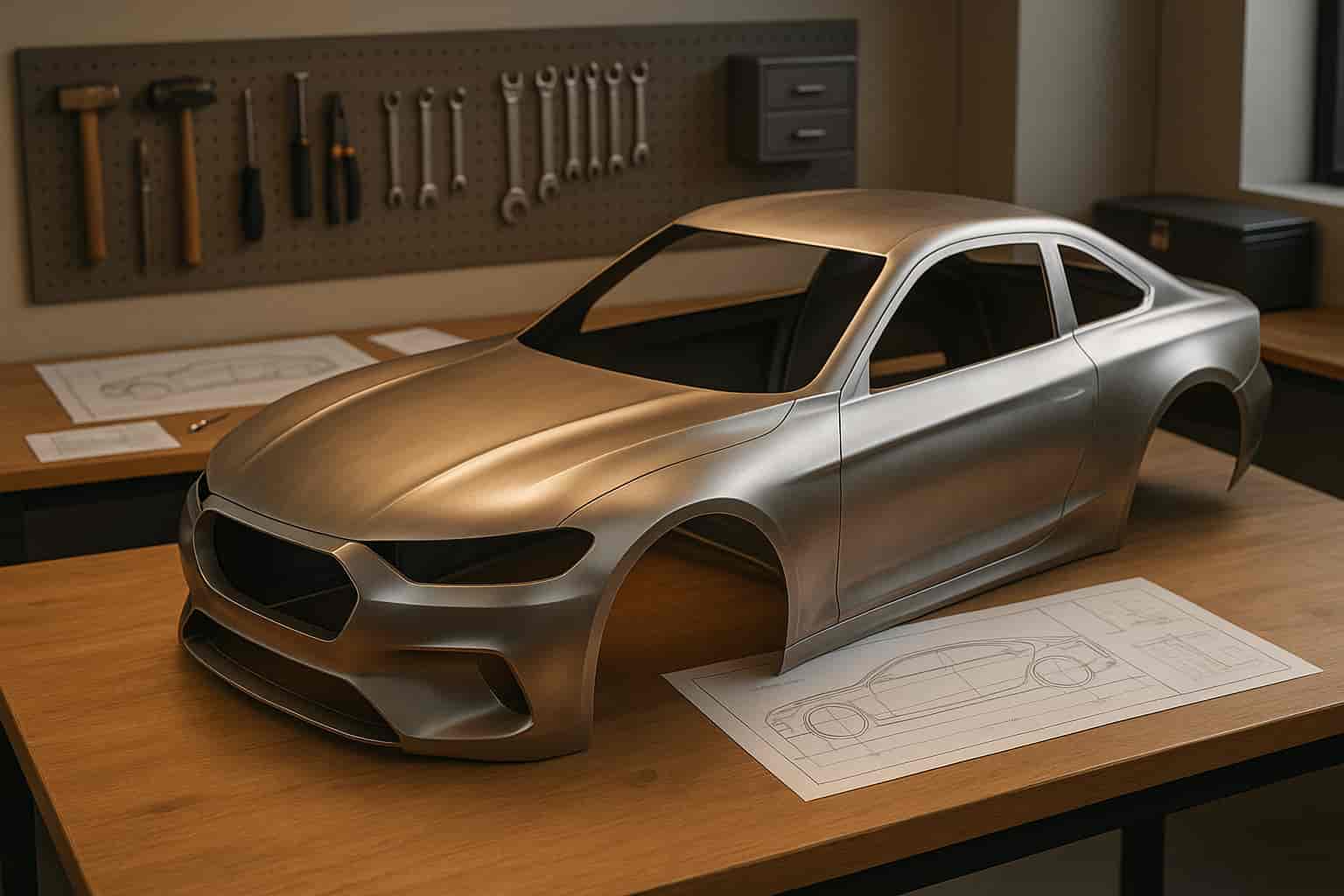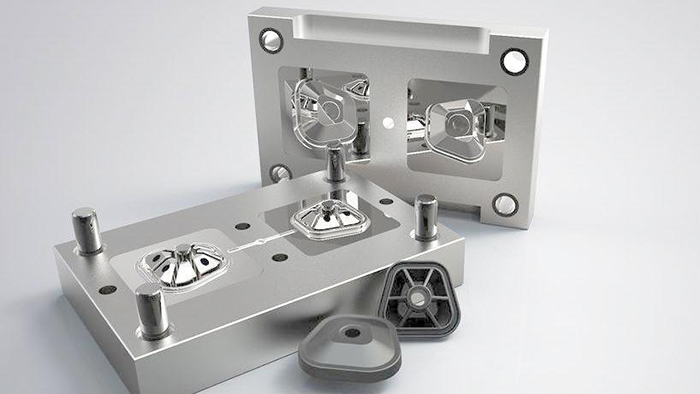With the further promotion of the application of plastics as engineering structural materials, the use of injection molded products has expanded into various fields and will gradually replace traditional metal and non-metal products. mastars in the automotive interior trim mold manufacturing

Commonly used plastics for automotive interior and exterior parts are mainly PP, PU, ABS (including ABS and PC+ABS), PE, PA and POM, etc., of which the largest amount is PP material. Today, we will briefly introduce pp, a commonly used plastic for automotive interior and exterior trim, and its applications.
PP Chinese name polypropylene, is a polymer made of propylene monomer by free radical polymerization. It is a non-toxic, odorless, tasteless, and high-density, no side chain, high crystallinity of the milky white linear polymer. It is also the most used plastic material for interior and exterior parts.
Advantages:
1) Low density (the lightest plastic) and light mass.
2) Water absorption of less than 0.02%, almost completely immune to moisture erosion.
3) high impact strength, good processing fluidity, easy to mold, good appearance quality of products.
4) abundant sources of raw materials and low prices
5) good temperature resistance (but poor thermal load deformation ability)
6) Good chemical resistance.
Disadvantages:
Low temperature environment is brittle and weathering aging performance is poor (can be improved by modification, adding additives, etc.).
Crystalline material, large shrinkage, poor dimensional stability.
Applications:
PP class materials are mainly used for parts body, such as instrument panel body, sub-instrument panel body, miscellaneous box, storage box, door guard body, column guard body, door sill pressure plate, seat guard, luggage compartment guard, passenger handrail, front/rear bumper skin, side skirt guard, front windshield lower decorative plate, fender, etc.
Fiber-reinforced PP class materials have high rigidity, especially long glass fiber reinforced and glass fiber mat modified, and are used more in structural parts to replace metal, and are applied to spare tire compartment, seat skeleton, door module and other components.


